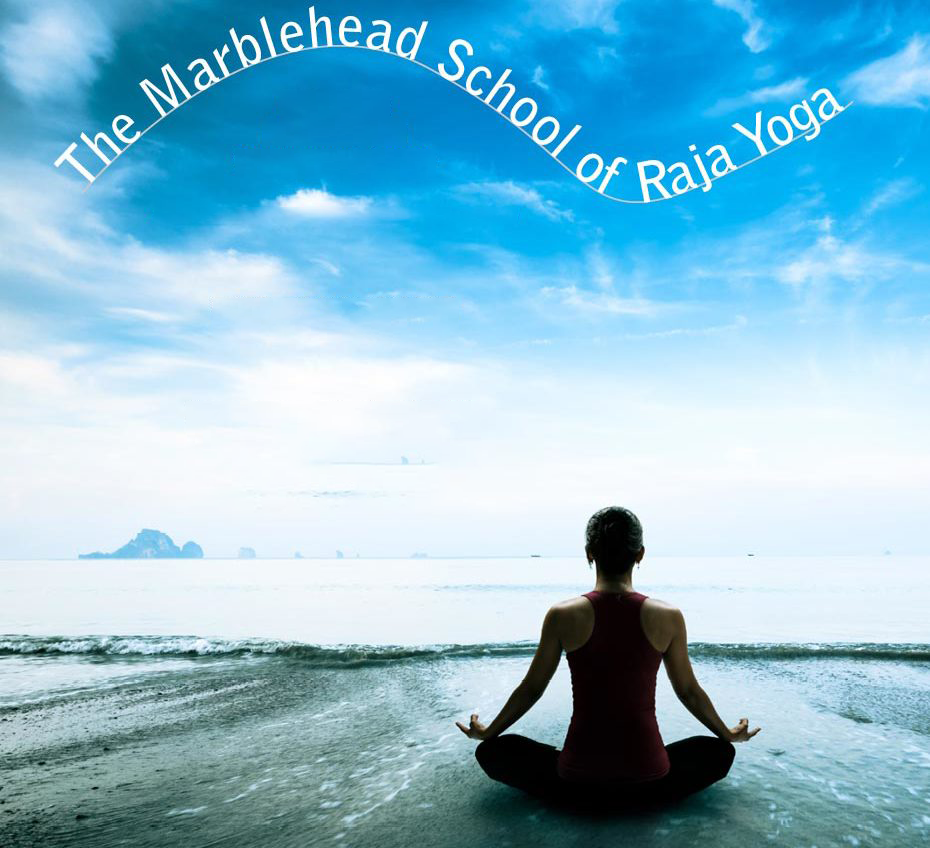If you don’t like what you hear in your head, change the channel!
Your conscious or thinking mind generates a perpetual stream of thoughts which your consciousness is simultaneously aware of; in essence, your consciousness “hears” your conscious thoughts. Mechanically, your gross or higher thinking mental function operates the same way your physical heart and lungs do: single, consecutive, perpetual beats, breaths – and conscious thoughts. Your conscious mind is your controller; it’s the aspect you use throughout the day to make decisions, but when you’re not engaging it, it “thinks” on its own, scanning your subconscious mind and projecting random memories, emotions, fears and desires onto your conscious mind’s eye!
Your subconscious or sensory mind receives information from your environment through your five inbound senses, and processes the information internally, virtually without you being aware of it, directing your body to perform rote or “reptilian” tasks: eliminating, reproducing, moving, grasping, and speaking. This subtle or lower sensory processing mental function also stores your memories and is the source of your identity. Subconscious thoughts aren’t the source of your distress; this part of your mind functions beautifully as long as your conscious mind is operating clearly and correctly.
So, if you don’t like the subconscious thoughts being dredged up by your conscious mind, change the channel! Your conscious mind is like a radio: it has selection and volume controls. Since your conscious mind can only make one decision or perform one cognitive task at a time (try simultaneously counting, and reciting the alphabet – not going to happen!) – you can decide what to listen to! It’s literally as simple as “A, B, C”: as long as you’re reciting the alphabet (or any clear and correct mantra) your thinking mind CAN’T dredge up fears, concerns, desires, etc.
The next time you don’t like what the voice in your head is saying, change the channel! Try reciting the alphabet silently to yourself (it’s same concept as counting to ten before you act). If at first that’s difficult, turn up the volume: if you scream the alphabet loudly enough in your conscious mind, I promise you’ll drown out ANY other thoughts!





 Your body/mind is your most valuable resource so treat it accordingly!
Your body/mind is your most valuable resource so treat it accordingly!
